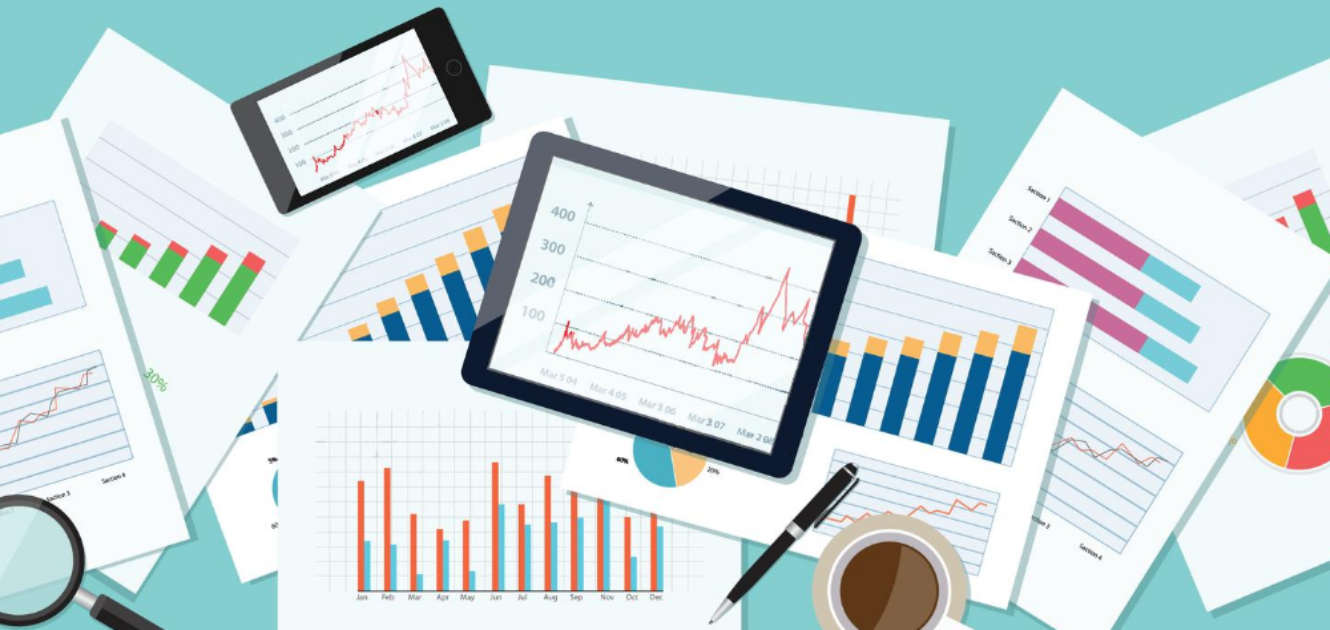

The truth is, there’s no straight answer. There are however a few areas you can look out to ensure your business account is never out of pocket.
Eye on the ball
You’ll get lots of advice from different people about how much cash you need within the business to be safe, but depending on the type and size of the business. this can vary drastically.
When asked this question I always use a water tank as an example. Imagine that the cash or working capital within your business is the water in the tank. The cash that your clients pay for your services is the water that flows into the tank to fill it up. As you pay out for products, salaries, rent etc, the water flows out. As long as the water flowing out is less than the water coming in, you’ll be ok.
This may be a simplistic view of looking at managing your cash within your business, but really it shouldn’t be more complicated. Beware of taking your eye off the situation and splashing out or paying yourself more than you should as you could find yourself running into all sorts of problems without the cash to pay the bills.
Up to date accounts
The only way that you can manage the cash within the business is by making sure you’re clear on how the business is performing and the costs involved. This will mean preparing up to date management accounts on a regular basis.
The more disorganised business owners and the ones who struggle to make ends meet are the ones who are not in control of their accounts. For this reason, you should aim to have, as a minimum, quarterly and ideally monthly management accounts drafted so that you can be on top of the numbers.
This should include a Profit & Loss statement, which shows how the business is performing on a monthly basis. You should also prepare a balance sheet that shows who you owe money to and how much. This would include anything owed to your suppliers, HMRC and any loans as well as salaries and other outstanding invoices. A cash-flow forecast should also be prepared that shows what cash you’re going to need over the coming months and if there is enough in the tank to pay the bills that are due to come up.
Make sure you look at your costs
It may seem obvious but not every business owner has a sense of what their fixed costs are each month. This covers everything that you have to pay out in order to open the doors of your business. How much does your rent and rates cost? What do you have to pay your staff even if you don’t have one customer? What are the lighting and heating bills? If you have a disastrous few months and your clients all go on holiday these are the bills that you will still have to pay.
The key to a successful business is keeping your costs low and making your fixed costs as variable as possible. For example, look at all the staff you’ve recruited, could they double up and do additional jobs on some of the quieter days of the week? Do you need all of them to work every day? I know some businesses have receptionists who are also great at making proactive client calls or chasing overdue payments.
Also, look at if you’re getting the best prices for everything. Shop around for suppliers. look at everything from stationery costs to your catering supplies to identify areas where you can keep your costs to a minimum or reduce them.
By controlling your costs and knowing what your break-even point is. you can ensure that whatever happens there’s always water in the tank.

